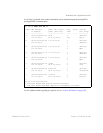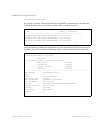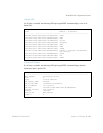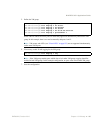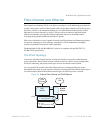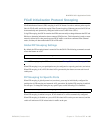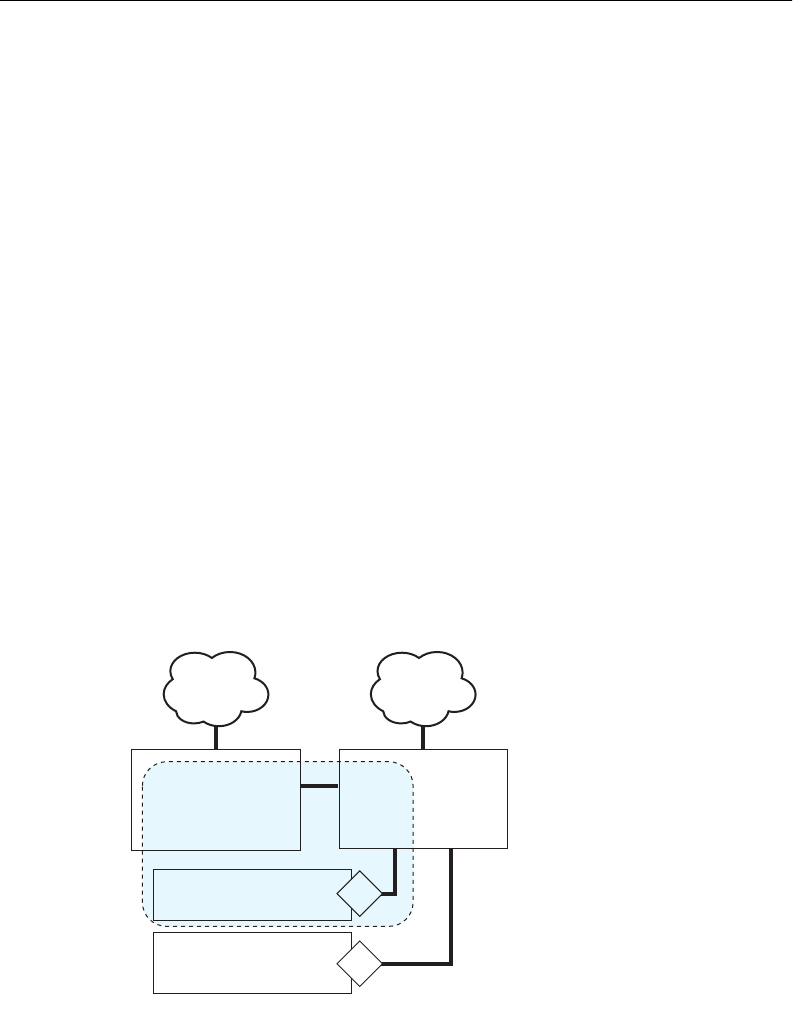
BLADEOS 6.5.2 Application Guide
BMD00220, October 2010 Chapter 14: FCoE and CEE 189
Fibre Channel over Ethernet
Fibre Channel over Ethernet (FCoE) is an effort to converge two of the different physical networks
in today’s data centers. It allows Fibre Channel traffic (such as that commonly used in Storage Area
Networks, or SANs) to be transported without loss over 10Gb Ethernet links (typically used for
high-speed Local Area Networks, or LANs). This provides an evolutionary approach toward
network consolidation, allowing Fibre Channel equipment and tools to be retained, while
leveraging cheap, ubiquitous Ethernet networks for growth.
With server virtualization, servers capable of hosting both Fibre Channel and Ethernet applications
will provide advantages in server efficiency, particularly as FCoE-enabled network adapters
provide consolidated SAN and LAN traffic capabilities.
The RackSwitch G8124 with BLADEOS 6.5 software is compliant with the INCITS T11.3,
FC-BB-5 FCoE specification.
The FCoE Topology
In an end-to-end Fibre Channel network, switches and end devices generally establish trusted,
point-to-point links. Fibre Channel switches validate end devices, enforce zoning configurations
and device addressing, and prevent certain types of errors and attacks on the network.
In a converged FCoE network where Fibre Channel devices are bridged to Ethernet devices,
although the direct point-to-point assurances normally provided by the Fibre Channel fabric may be
lost in the transition between the different network types, the G8124 provides a solution.
Figure 22 A Mixed Fibre Channel and FCoE Network
Fibre
Channel
LAN
Servers
0-2
4
LAN
Business-Critical LAN
802.1p Priority & Usage
3 FCoE Applications
802.1p Priority & Usage
FCoE
CNA
CNA
BLADE
Switch
FCF
Device
2
34
1



